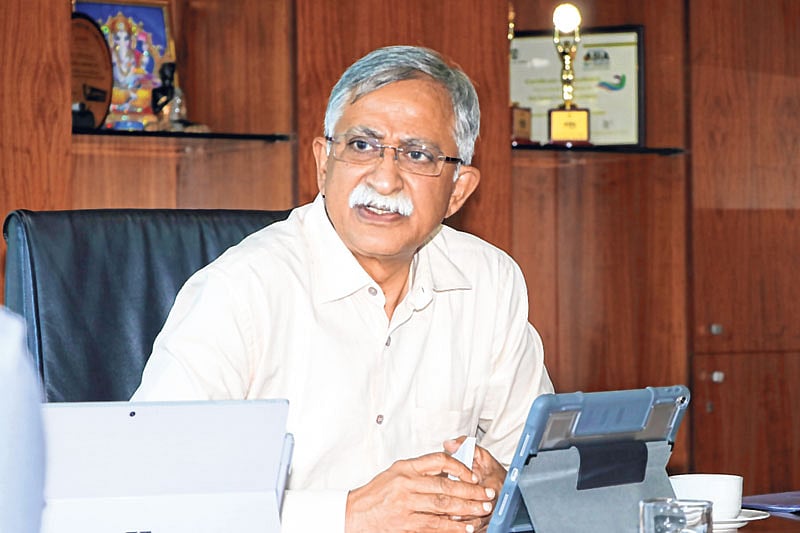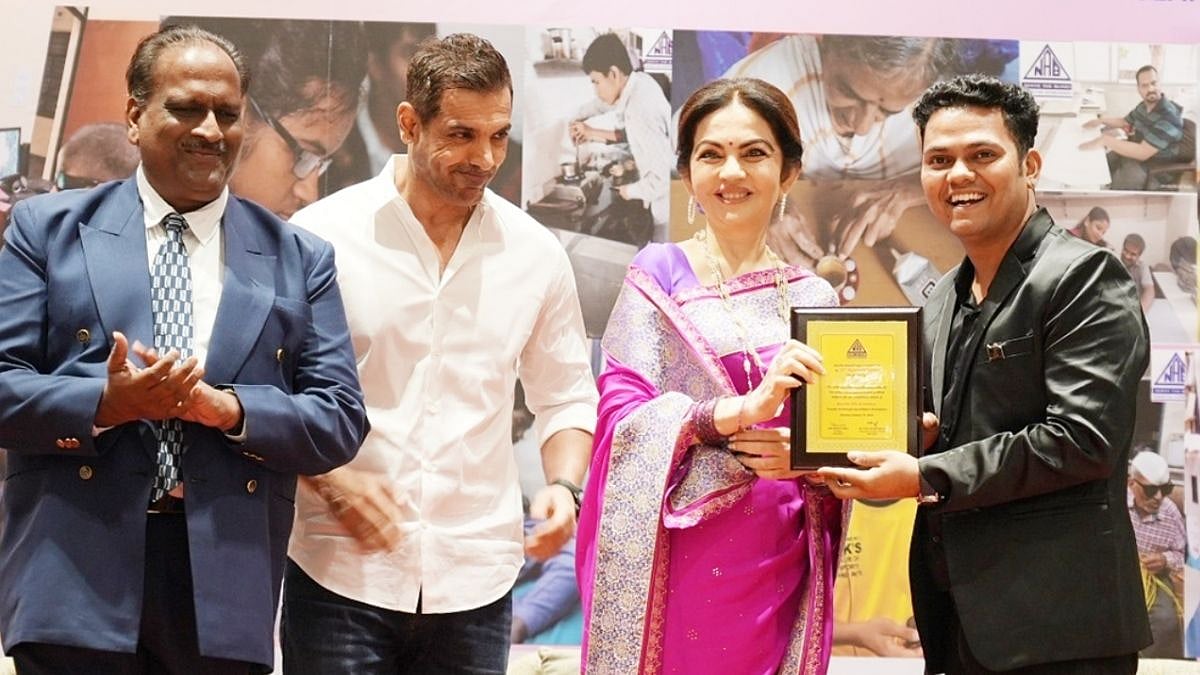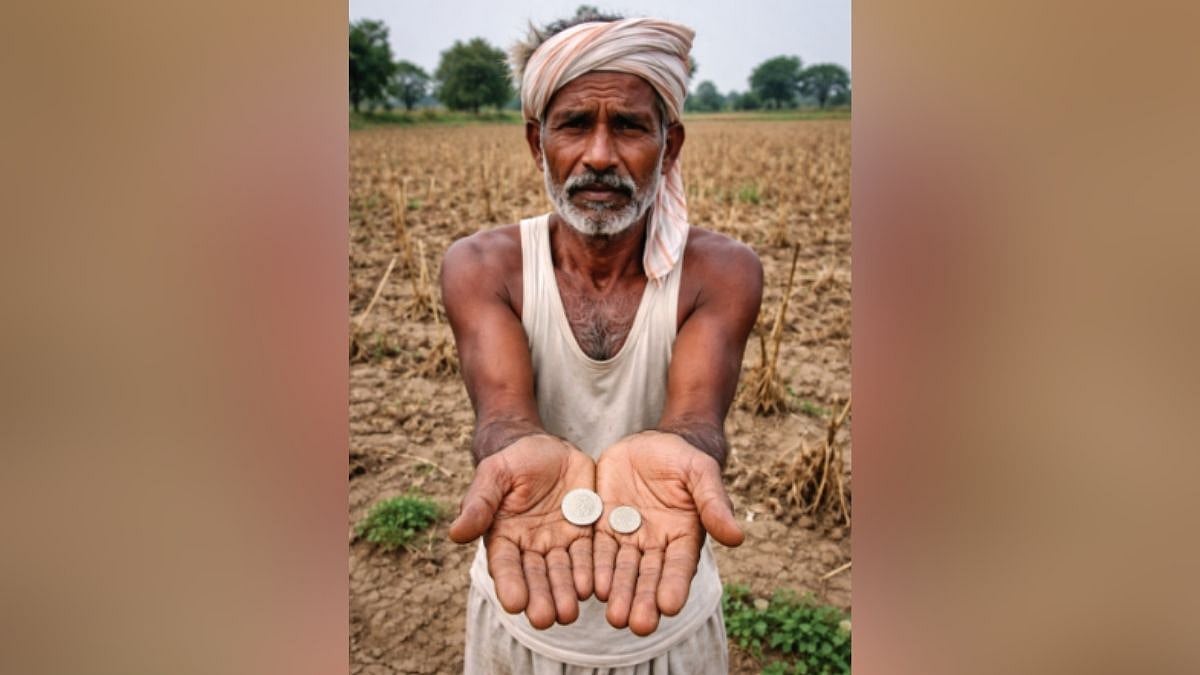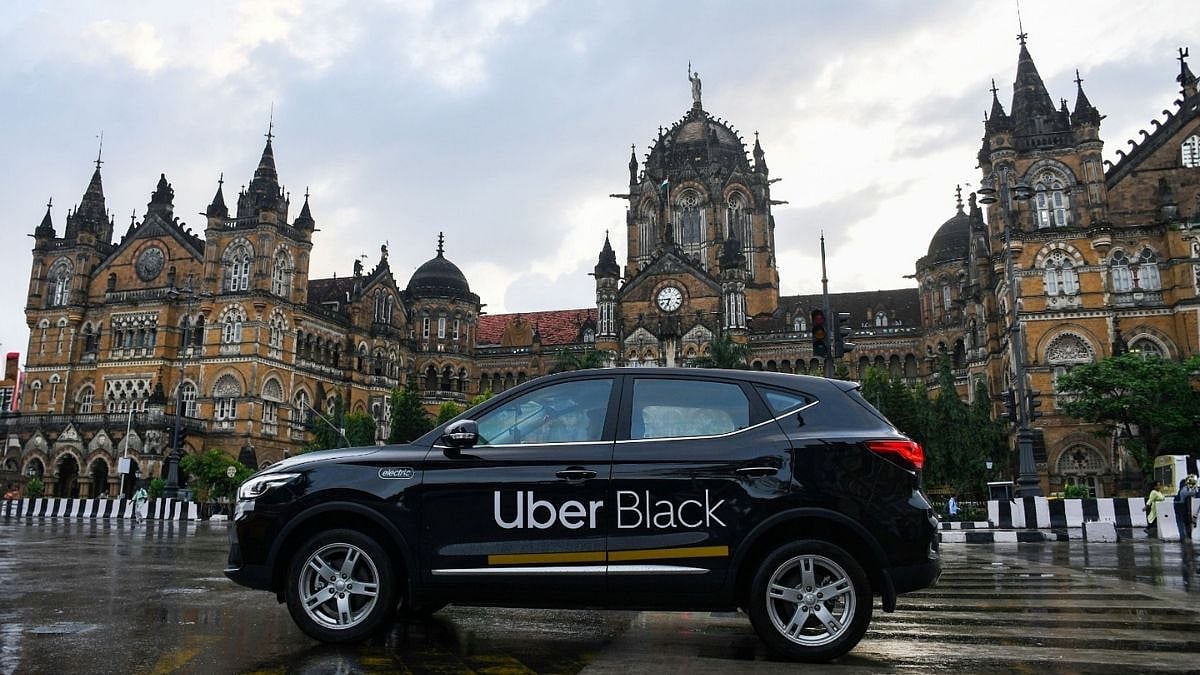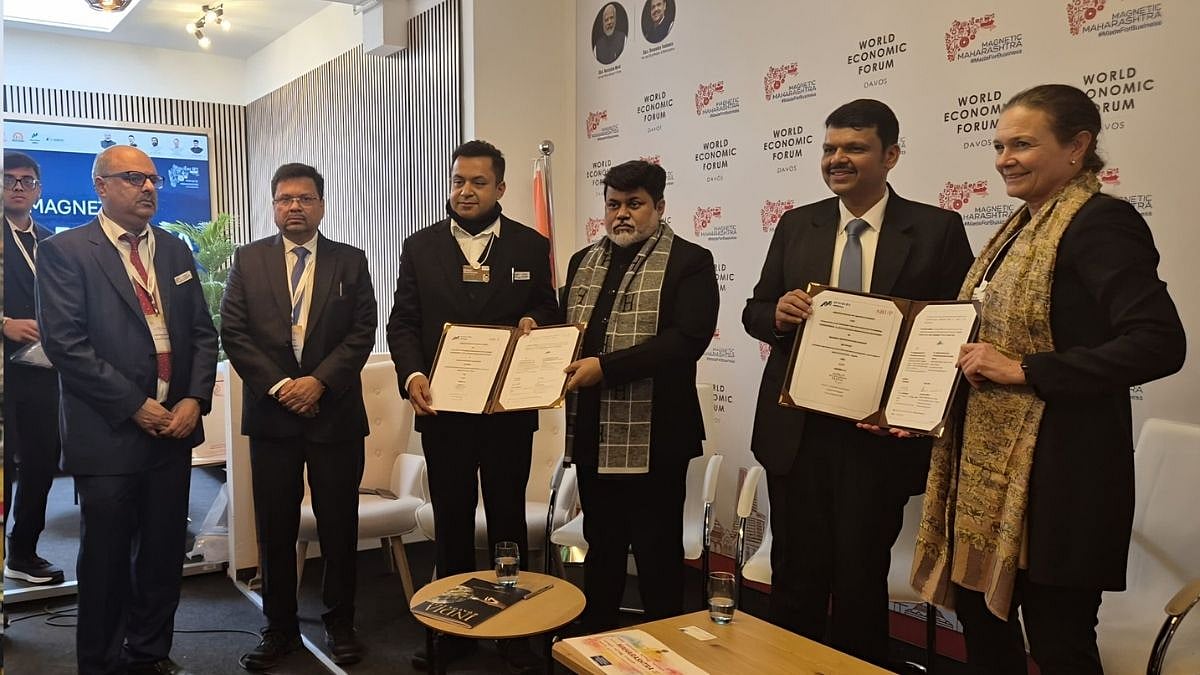Pushan Mahapatra, an SBI veteran of 29 years, took over as SBI General Insurance Company’s MD and CEO on January 1, 2016. He offers his periscopic view on his company and the general insurance industry in an interview with Free Press Journal’s S Narayanan and R N Bhaskar.
Edited excerpts:
Are banking and insurance complementary businesses?
Both businesses are basically about managing risks. Fundamentally, it is about how you originate, assess, price and protect risk through documentation and covenants. In banking, you might do it with collaterals, here you do it with reinsurance.
In the case of insurance, if you suffer losses, you can claim it back from the insurance company. But in banking, the advance is not returned. It is the same cycle which works from origination to execution of risk.
Look at it in another way, both these businesses are also about protecting cash flows. Whether it is about an individual’s risks like death, disability or risks that a corporate faces like business, market. In insurance, it is all about protecting cash flows and protecting the quality of life.
Will there be CIBIL-like credit bureau in the insurance space?
A very important thing has changed the dynamics of retail lending and that is credit ratings. Will anybody want to spoil their CIBIL score today? Nobody. They will try their level best to protect it. That is the strength of the credit bureau.
I would like a similar institution in insurance. For instance, pricing customer for the risk. Today, I am again playing it on statistical averages; do I give additional benefit to you, just because you are a safer traveller?
What helped SBI General Insurance to achieve good numbers in FY2017-18?
We took a lot of effort over the years— looking at our businesses and risks critically, using reinsurance more effectively, better claims management and tighter control of overheads. Specifically, it has been about better and more intensive marketing. We look at customers who give value rather than losses. Also, we are very focused on creating value to all our stakeholders.
When will consumers get better numbers?
Let us work this backwards. Say, we have zero underwriting profit (all profits excluding investment income). Also, say premium is 100 per cent, then, there are overhead expenses at 5 per cent and cost of acquisition at 20 per cent. You are now left with about 75 per cent. So, if claims ratio (simply put, claims amount divided by premium amount) is about 60-65 per cent, we may have the leeway at some point.
Unfortunately, we deal with uncertainties. Today, loss ratios may look brilliant. But tomorrow you may have a cyclone, like something that happened in Chennai, three years ago. Or some other catastrophic event. Losses, at all levels, could be staggering. So you have to build reserves. Saying that, this year you made so much of profit, so you give it back to customers — it is not that simplistic.
Insurance zaroori hai?
We must ensure the customer understands our products, claims processes, deductibles, exclusions, etc. It is important that we connect with the customer.
The insurance industry is looking at holding a programme to spread awareness. We, Indians, are a fatalistic lot. We believe that we have the best insurer in the world — God. Yes, he will take care. But, when your cash flow is disrupted, it pinches. At that moment, you need insurance. Insurance zaroori hai (is a necessity).
All stakeholders need to work in a coordinated manner — insurance companies, the government, the regulator, the press. Despite all that has been done, our insurance penetration is still less than 1 per cent.
What is the contribution of SBI to SBI General Insurance’s business?
SBI contributed over 46 per cent of net total premiums in FY 2017-18. This is how we would like it in foreseeable future as well. We are very proud of the brand and the support they offer.
It is extremely costly to build a distribution network. By virtue of our setup, I have access to more than 23,000 branches of SBI. They are present in every nook and corner. About 70 per cent of these were active last year. They know the products that are available. Besides, a bank customer is likely to be aware of risks and is more inclined to take care of his financial goals.
All the same, we have to put in a lot of effort to get business. Firstly, I have to deploy my manpower here. Our products are just another product for them (SBI). So, getting their mindshare is important. In the case of a claim, can you expect a banker to be able to understand all the nuisances and handle it? An insurance agent, being a full-time professional, can do this. But as a risk management practice, you cannot be over-dependent on one partner.
We also have a robust agency with more than 10,000 agents and original equipment manufacturer (OEM) tie-ups. We work with corporates who either come to us directly or through brokers. Bank insurance is growing very fast, but other channels are growing even faster. Regional rural banks and a number of co-operative banks also sell our products.
How do you view the disruptors?
There will be disruptors always. I welcome them because they tend look at areas that have not caught our attention. And then we innovate and we get that. So, they actually help us.
Also, fintechs and insuretechs will show a new way of driving business. We would be collaborating and working with them too. Fortunately or unfortunately, we use a lot of data. So we are already data crunchers. We have started doing pilots with companies in artificial intelligence, machine learning, blockchain, and robotics.
At the end of the day, technology will become more progressive in all these industries— be it in banking or insurance. There is no point in trying to fight, so join and march ahead.
Do we see disintermediation happen?
Disintermediation is good for the industry because it helps in saving costs. However, we are dealing in financial products and most Indians would still like to have a physical touch point. There is no doubt that digital channels have registered significant volumes, especially in retail. We believe it (sales channels) will be a mix of online plus offline— it could be research online, buy offline.
Future – products, customer segments, geographies…
I see a strong growth in health. Motor insurances will grow in line with sales of new vehicles. We will focus on personal lines and the SME (small and medium enterprise) segment, as that is where our strength is. Semi-urban and rural areas are very important for us because of the lack of protection there.
When will SBI General Insurance come out with an IPO? What are the valuations for the same?
I cannot comment on when we will come out with an IPO. I leave the valuations to the market. Look at my performance, pedigree, underlying systems and processes, and then put an appropriate value. I believe markets should give us good valuations. Ultimately, market respects performance, and more importantly, consistency of performance.
